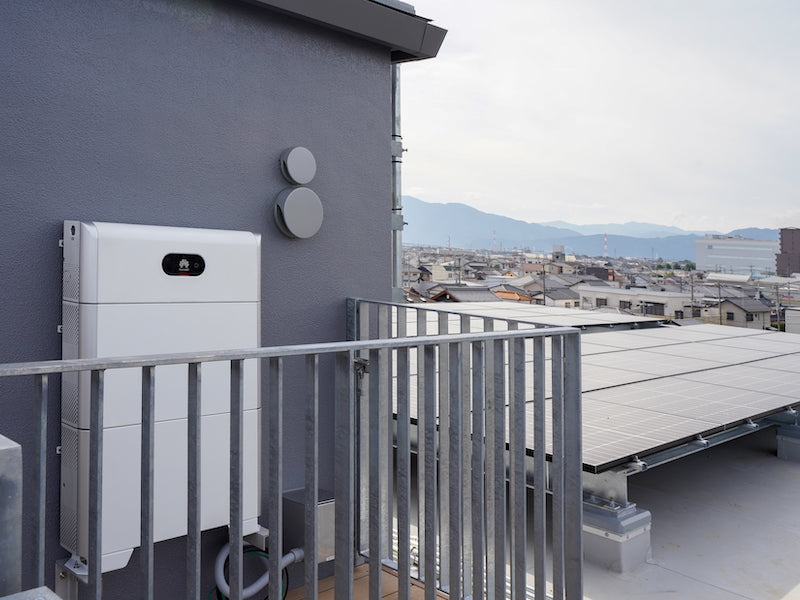https://solarquarter.com/2022/11/03/clean-energy-finance-and-investment-roadmap-of-india-oedc-report/
Clean Energy Finance and Investment Roadmap of India: OEDC Report
Reading Time: 5 minutes
India has achieved major progress in its energy sector over the last two decades. Still, investment needs to scale up considerably to meet the government’s ambitions to achieve 500 GW of renewable energy capacity and energy-intensity reductions of 45% by 2030. Targeted application of public funds, alongside international climate and development finance, can crowd in investors and channel private capital to meet India’s clean energy goals.
The Clean Energy Finance and Investment Roadmap of India highlights key actions needed to accelerate the development of energy efficiency measures in micro, small and medium enterprises, offshore wind and green hydrogen production. The report provides a comprehensive overview of the initiatives to date and challenges to scale up investments. It also provides a number of tailored recommendations for the Government of India, development partners and the private sector.
This Clean Energy Finance and Investment Roadmap for India outlines critical actions to help unlock finance and investment for three clean energy areas, namely energy efficiency measures with a focus on micro, small and medium enterprises (MSMEs), offshore wind and green hydrogen.
It also identifies financing mechanisms to support market creation and development for these three areas that can unlock barriers to mobilising capital from domestic and international financial institutions.
Investment in energy-efficient technologies will play a critical role in addressing high energy costs for MSMEs, which affect their economic competitiveness as well as their capacity to expand production and market activities.
Estimated energy saving measures in the industry sector (including MSMEs and large industries) will require total investments of more than INR 5-6 lakh crore (USD 62-73 billion) to 2031. This represents roughly 45% of the total estimated potential investments of more than 10-13 lakh crore in energy savings measures in the overall economy across sectors to 2031. By comparison, over 1995-2018, only around USD 241 million (INR 1 900 crore) had been provided as financial support (including budgetary support, lines of credit, and grants) to roughly 8 000 MSMEs to implement energy efficiency measures.
India’s ambitions to achieve 500 GW of non-fossil fuel electricity generation capacity by 2030 requires substantial expansion of current clean energy development, which has been propelled to date by solar and onshore wind additions. Unlocking the potential for new clean energy sources like offshore wind can help diversify India’s electricity mix, with benefits from use of various sources of renewable electricity and their different production patterns, thereby ensuring a more consistent (i.e. less variable) energy supply to meet India’s growing energy needs.
Exact costs for offshore wind project development depend on a multitude of factors, from location and technology choice (e.g. bottom-fixed or floating turbines) to import costs and relevant taxes. Operational conditions (e.g. plant load factor) and maintenance costs in turn influence developer expectations on LCOE, as do considerations for project risks such as payment delays or failures.
Globally, offshore wind costs continue to decline, from an average LCOE of around USD 0.162 (INR 7.41) per kilowatt-hour (kWh) in 2010 to USD 0.084 (INR 6.22) per kWh in 2020. In terms of total installed costs, this represented a global average of around USD 3.2 billion (INR 0.24 lakh crore) per GW in 2020, although the range in CAPEX across projects varied considerably and reached more than USD 5.5 billion (INR 0.4 lakh crore) per GW.
Presuming India would benefit from international experiences and continued technology learning curves, CAPEX needs for 37 GW of offshore wind capacity over the next decade may be in the order of USD 75-150 billion (INR 5.7-11.5 lakh crores).
The investment need for green hydrogen projects will depend on project boundaries. An electrolysis project vertically integrated with dedicated renewables would require significant CAPEX, but the operating costs would be limited. It is worth noting that the cost for renewable electricity can be as low as INR 47 000 (USD 590) per kW for solar energy in India, whereas the global weighted average cost for offshore wind5 is close to INR 240 000 (USD 3000) per kW in 2021. Conversely, an electrolysis project purchasing green electricity on the power exchange would require less upfront CAPEX (given the upstream accounting for the power generation CAPEX), but it would likely be exposed to higher levels and price fluctuations of its variable costs.
The Roadmap can provide a basis to implement instruments supporting the efforts of the Government of India to reach commitment for clean energy and decarbonisation initiatives. Some recommendations can also be taken up under India’s G20 Presidency in 2023, exploring further how international dialogues can facilitate mobilisation of private capital by bringing together public and private capital providers together with governments to accelerate financing for clean energy transition.






